by Ali Minai
 “I’ll just google it again”, said my daughter when I asked her to remember something. It was a very reasonable suggestion, but it led me down an interesting line of thought about the nature of knowing and its recent transformation. Much has been said and written about how the Internet has changed human knowledge, in both positive and negative ways. The positives are obvious. The magic of the Internet, the World-Wide Web, and utilities such as Google and Wikipedia, have put enormous knowledge at our disposal. Now any teenager with a smartphone has effortless access to far more information than the greatest minds of a century ago. Even more importantly, the Internet has opened up vast new possibilities of learning from others, and allowed people to share ideas in ways that were unimaginable until recently. Not surprisingly, all this has led to a great flowering of knowledge and creativity – though, unfortunately, not without an equally great multiplication of error and confusion.
“I’ll just google it again”, said my daughter when I asked her to remember something. It was a very reasonable suggestion, but it led me down an interesting line of thought about the nature of knowing and its recent transformation. Much has been said and written about how the Internet has changed human knowledge, in both positive and negative ways. The positives are obvious. The magic of the Internet, the World-Wide Web, and utilities such as Google and Wikipedia, have put enormous knowledge at our disposal. Now any teenager with a smartphone has effortless access to far more information than the greatest minds of a century ago. Even more importantly, the Internet has opened up vast new possibilities of learning from others, and allowed people to share ideas in ways that were unimaginable until recently. Not surprisingly, all this has led to a great flowering of knowledge and creativity – though, unfortunately, not without an equally great multiplication of error and confusion.
In terms of negative consequences, perhaps the most widely explored idea is that of epistemic bubbles – closed informational ecosystems enabled by social media connecting largely like-minded individuals. With little external input and minimal internal dissent, people in such bubbles can quickly fall prey to outlandish beliefs without the possibility of correction. The hazard of epistemic bubbles is compounded by the Internet’s facilitation of false information – fake news, so to speak. Of course, neither epistemic bubbles nor false information is new, but the Internet has supercharged both by lowering the barriers to entry so far that random TikTok personalities and Twitter ideologues can have a degree of influence that was previously reserved for a small, better-informed elite. On the positive side, this democratization of information has broken through the systematic indoctrination that elites have imposed on societies throughout history. At the same time, it has also led to an unprecedented undermining of facts and the disintegration of a shared experience of reality. But my concern in this article is with a more subtle, well-known – but perhaps insufficiently understood – effect of the Internet on human knowing: The externalization of knowledge and its consequences for creative thought. Read more »



 By 2025, protective living communities (PLCs) had started to form. The earliest PLCs, such as New Promise and New New Babylon, based themselves on rationalist doctrines: decisions informed by best available science, and either utilitarian ethics or Rawlsian principles of justice (principally, respect for individual autonomy and a concern to improve the lives of those most disadvantaged). Membership in these communities was exclusive and tightly guarded, and they had the advantage of the relatively higher levels of wealth controlled by their members.
By 2025, protective living communities (PLCs) had started to form. The earliest PLCs, such as New Promise and New New Babylon, based themselves on rationalist doctrines: decisions informed by best available science, and either utilitarian ethics or Rawlsian principles of justice (principally, respect for individual autonomy and a concern to improve the lives of those most disadvantaged). Membership in these communities was exclusive and tightly guarded, and they had the advantage of the relatively higher levels of wealth controlled by their members. 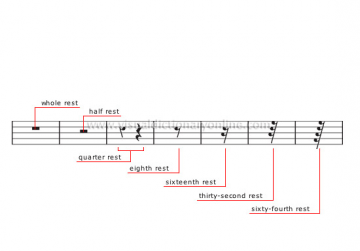


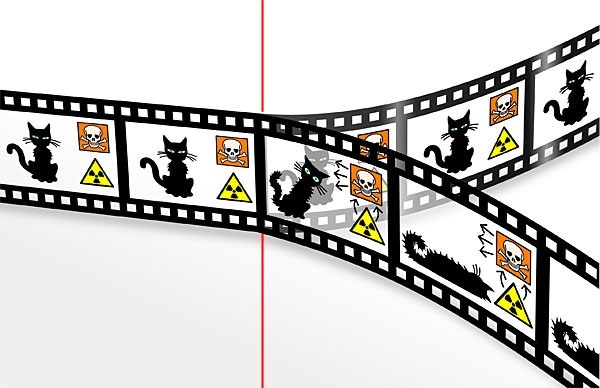


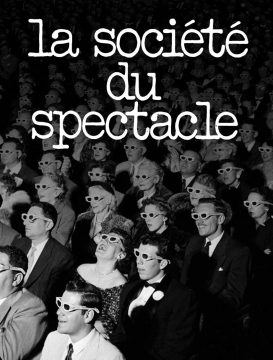

 It’s a bountiful feast for discriminating worriers like myself. Every day brings a tantalizing re-ordering of fears and dangers; the mutation of reliable sources of doom, the emergence of new wild-card contenders. Like an improbably long-lived heroin addict, the solution is not to stop. That’s no longer an option, if it ever was. It is, instead, to master and manage my obsessive consumption of hope-crushing information. I must become the Keith Richards of apocalyptic depression, perfecting the method and the dose.
It’s a bountiful feast for discriminating worriers like myself. Every day brings a tantalizing re-ordering of fears and dangers; the mutation of reliable sources of doom, the emergence of new wild-card contenders. Like an improbably long-lived heroin addict, the solution is not to stop. That’s no longer an option, if it ever was. It is, instead, to master and manage my obsessive consumption of hope-crushing information. I must become the Keith Richards of apocalyptic depression, perfecting the method and the dose.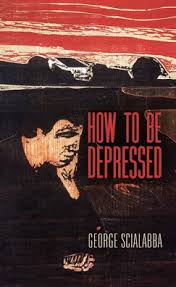 Because I have a lot of experience with depression, I approached George Scialabba’s How to Be Depressed with an almost professional curiosity. Scialabba takes a creative approach to the depression memoir, blending personal essay, interview, and his own medical records, specifically, a selection of notes written by various therapists and psychiatrists who treated him for depression between 1970 and 2016. I don’t know if I could bear to see the records kept by those who have treated me for depression, assuming they still exist, and I wasn’t sure what it would be like to read another person’s medical history.
Because I have a lot of experience with depression, I approached George Scialabba’s How to Be Depressed with an almost professional curiosity. Scialabba takes a creative approach to the depression memoir, blending personal essay, interview, and his own medical records, specifically, a selection of notes written by various therapists and psychiatrists who treated him for depression between 1970 and 2016. I don’t know if I could bear to see the records kept by those who have treated me for depression, assuming they still exist, and I wasn’t sure what it would be like to read another person’s medical history.
 Some people claim that the prominent display of statues to controversial events or people, such as confederate generals in the southern United States, merely memorialises historical facts that unfortunately make some people uncomfortable. This is false. Firstly, such statues have nothing to do with history or facts and everything to do with projecting an illiberal political domination into the future. Secondly, upsetting a certain group of people is not an accident but exactly what they are supposed to do.
Some people claim that the prominent display of statues to controversial events or people, such as confederate generals in the southern United States, merely memorialises historical facts that unfortunately make some people uncomfortable. This is false. Firstly, such statues have nothing to do with history or facts and everything to do with projecting an illiberal political domination into the future. Secondly, upsetting a certain group of people is not an accident but exactly what they are supposed to do.
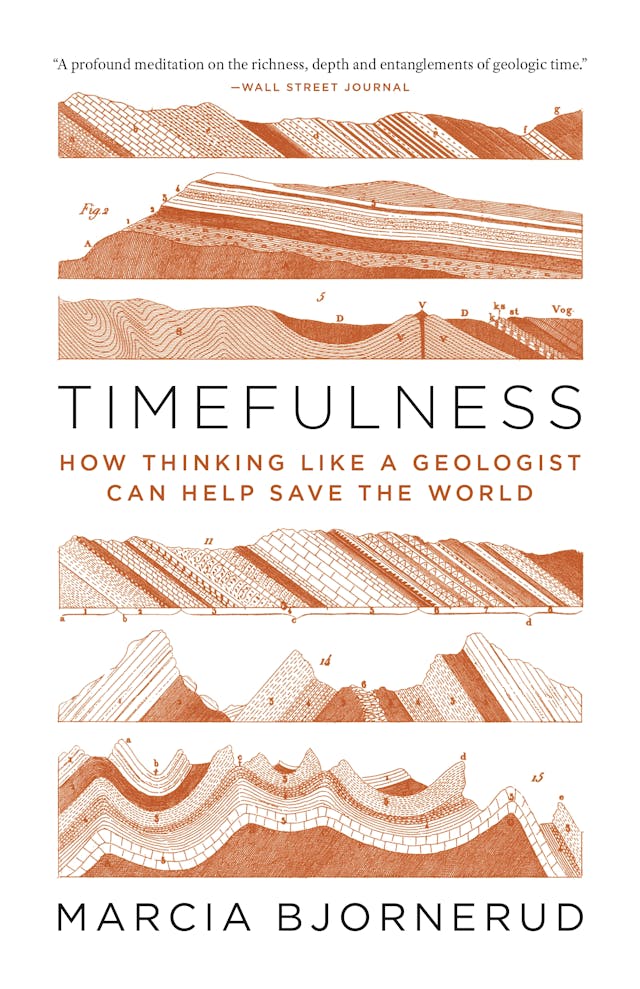 by Paul Braterman
by Paul Braterman